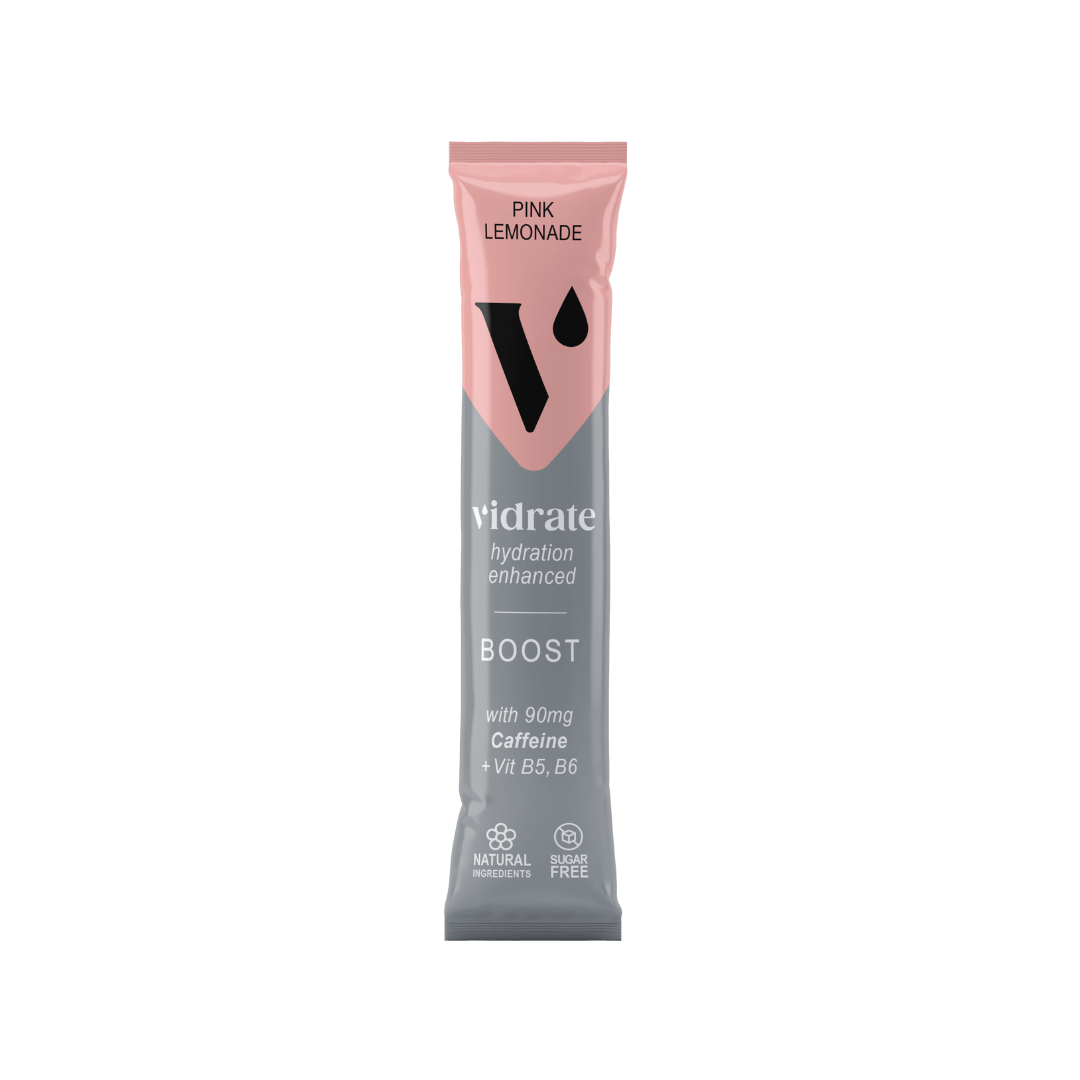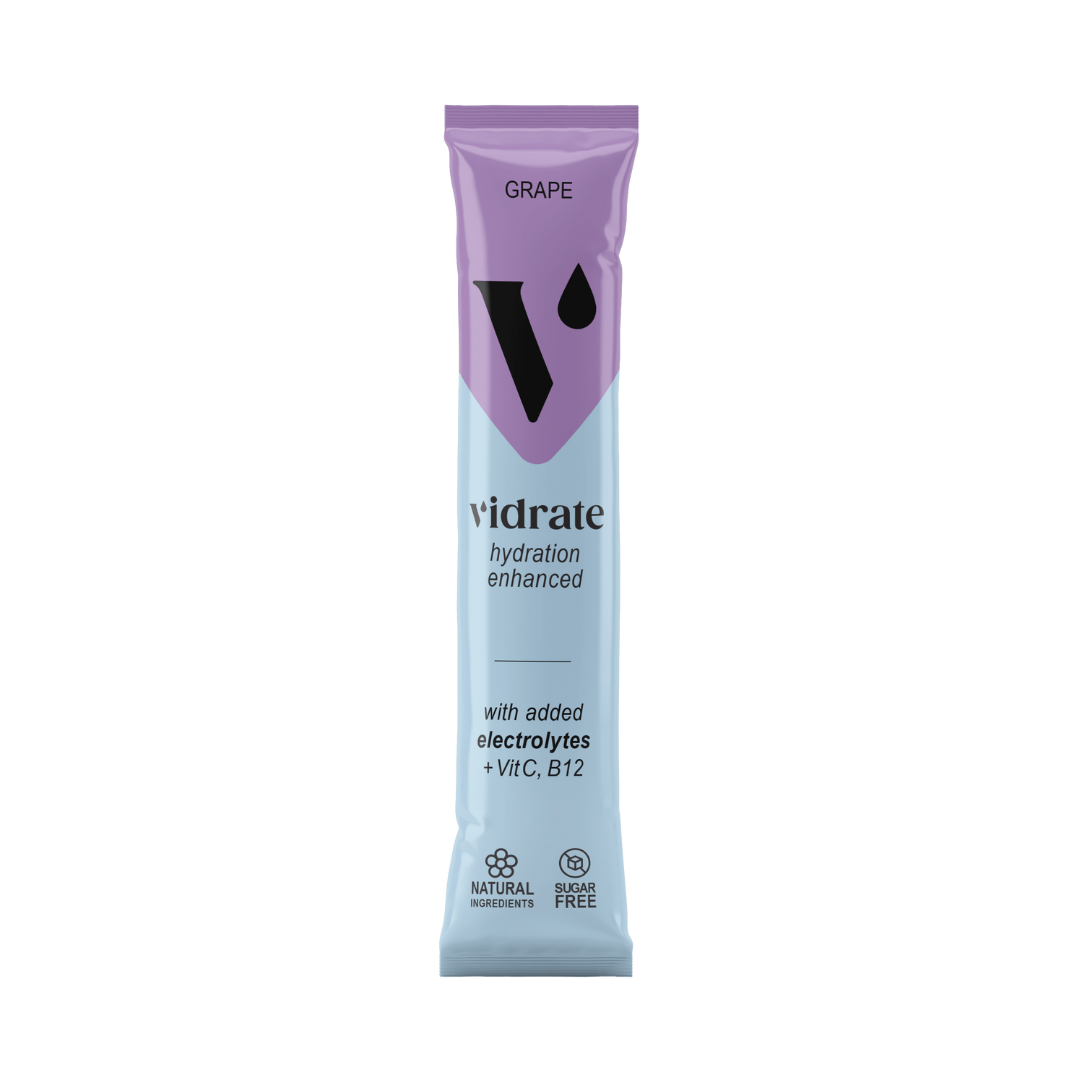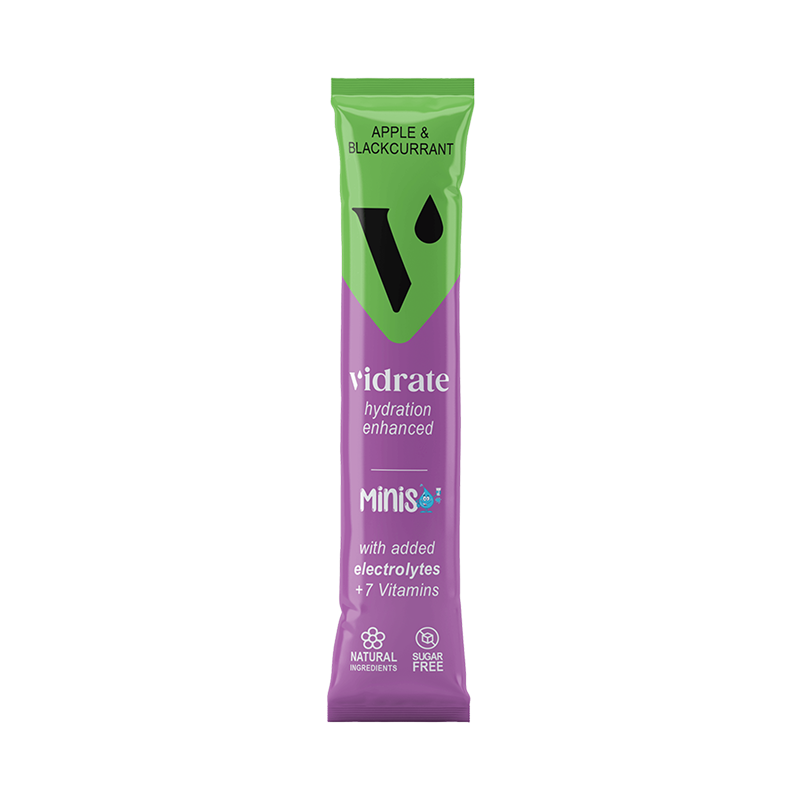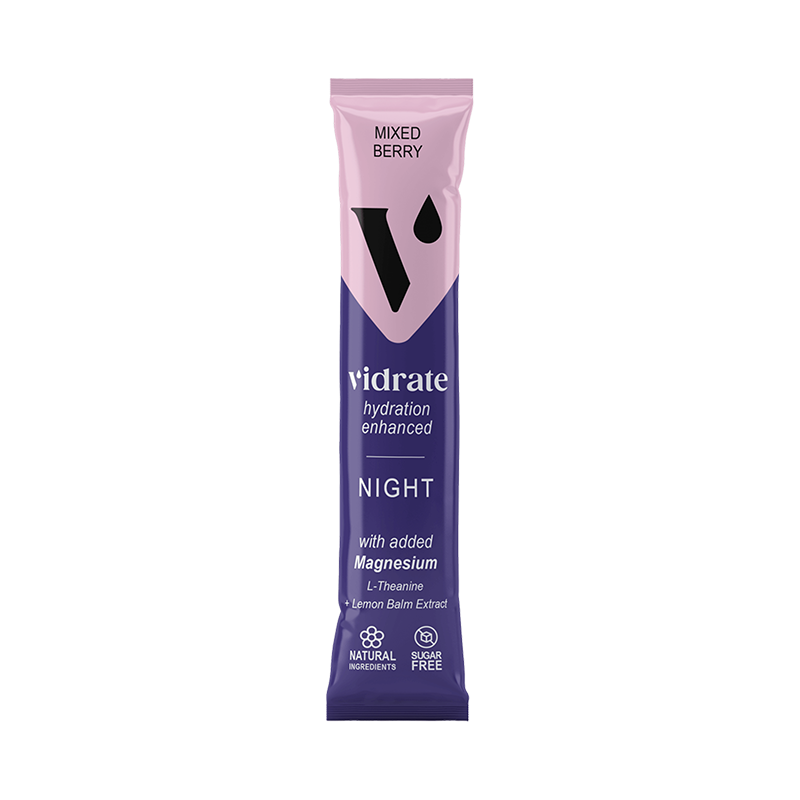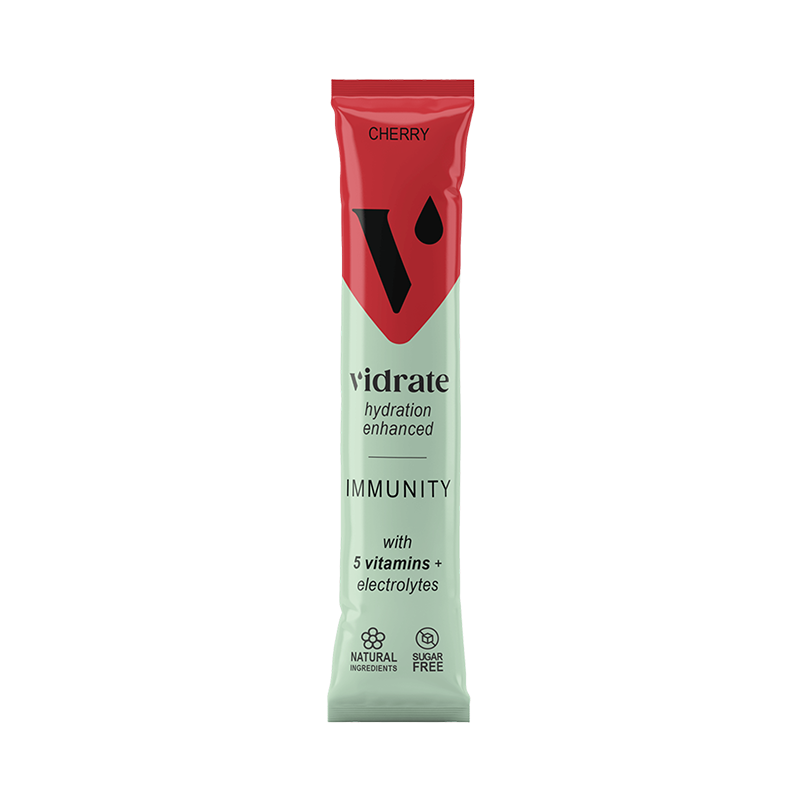

By Conor Evans
From Frothy Bliss to Sugary Abyss: A Sip by Sip Guide to Winter’s Sweetest Indulgence
As winter looms, a collective yearning for all things cosy is sweeping across the nation. Sipping on a mug of hot chocolate, laden with whipped cream and marshmallows, is a perfect remedy for the winter chill. According to Google Trends, interest in the search term “hot chocolate” increases significantly over autumn and winter, with searches spiking in December.
Unfortunately, our favourite chocolate drinks usually pack a hefty sugar punch. High sugar intake is associated with a variety of problems. It's a major contributor to obesity, type 2 diabetes, cardiovascular and level health issues, certain types of cancer, and dental issues.
To find out more about our nation’s hot chocolate habits, researchers from Vidrate have taken a deep dive into the coffee shop industry, analysing the sugar content of chocolatey drinks across different brands. With this analysis, we hope to equip hot chocolate enthusiasts with the information they need to make mindful choices, ensuring that the enjoyment of a cosy cuppa doesn’t come at the expense of health.
How Much Sugar Do We Actually Need?
Too much sugar can cause a number of health issues, but it is also a fundamental source of energy for bodily function. Glucose is the primary source of energy for cells, essential for tissues and organs like the brain, which rely heavily on glucose to function. The brain doesn't actually store glucose, so relies on the bloodstream for a continuous supply, which is then used to ensure optimum cognitive function and overall health.
Glucose is also used by cells to generate adenosine triphosphate (ATP). This clever molecule stores and facilitates the transportation of energy within cells. Red blood cells, too rely on glucose as their energy source. Red blood cells navigate the circulatory system, transporting oxygen to tissues.
According to the World Health Organization (WHO), adults should limit their intake of free sugars to less than 10% of their daily energy intake. Both the WHO and the NHS recommend that free sugar intake is reduced further when possible, to 5% or below. The term “free sugars” encompasses sugars added to foods and drinks by manufacturers, chefs and baristas, or consumers, in addition to the sugars which naturally occur in honey, syrups, fruit juices and fruit juice concentrates. They do not include the sugars naturally present in whole fruits, vegetables and dairy products.
Unfortunately, food labels can be misleading, as the “sugar” category includes both free sugars and naturally occurring sugars. Because of this, we have to use our best judgement to determine how much of this sugar qualifies as “free sugars”.
Why Might A Diet High In Sugar Cause Health Problems?
Sugar is a major contributor to obesity, as sugary foods and drinks are typically high in calories and can lead to an imbalance in energy consumption, resulting in the accumulation of body fat.
A diet which is rich in sugar can also lead to insulin resistance, which is where the body’s cells slowly become less responsive to the effects of insulin. This prevents the body from properly regulating blood sugar levels, and can even result in type 2 diabetes.
Excessive amounts of sugar can elevate blood pressure, triglycerides and LDL cholesterol levels, contributing significantly to the development of cardiovascular problems. A diet high in sugar can also negatively affect liver health. The liver metabolises fructose, which is a component of ingredients like table sugar. Consuming too much of this can overwhelm the liver, and even lead to non-alcoholic fatty liver disease (NAFLD).
Sugar can also cause problems at the dentist. Bacteria in the mouth feed on sugar, producing acids that erode tooth enamel, leading to tooth decay and cavities. When we consume sugar, reward centres in the brain are activated, resulting in cravings and the potential for addiction-like behaviour.
A Bit About Our Methodology
For this study, we identified the UK’s favourite coffee shops and cafes. To ensure our study was representative of the nation as a whole, we only included chain coffee shops accessible from a variety of UK towns and cities. We then sought out the nutritional information for a range of chocolatey drinks, which included traditional hot chocolate, mocha and seasonal specialities.
The Chocolatey Drinks With The Most Sugar

Tim Horton’s White Hot Chocolate ranked top of our list. This popular drink, available in sizes small to extra large (we used the “medium” size in our investigation) contained a whopping 65g of sugar, which equates to just over 70% of an adult’s daily recommended intake - and nearly 16 teaspoons. Tim Horton’s Hot Chocolate, meanwhile, ranked second, with 52.9 grams of sugar. This is nearly 60% of an adult’s daily intake. Both drinks are made with dairy, although the type of milk is not specified for either drink. Tim Hortons does not currently offer plant-based alternatives in their regular range.
Costa’s Hot Chocolate dairy range, meanwhile, ranked third, fourth and fifth. A drink featuring semi-skimmed milk contained the most sugar, followed by whole milk and skimmed milk.
The Chocolatey Drinks With The Least Sugar
Ranking By Brand: The Worst Offenders
|
Coffee Shop Brand |
Average Hot Chocolate Sugar Content |
| Tim Hortons |
59g |
| Caffè Nero |
43g |
| Greggs |
42g |
| Costa |
39g |
|
Pret A Manger |
37g |
| Starbucks |
34g |
Dairy Or Dairy-Free? What’s Best For A Low-Sugar Diet?
Milk contains a naturally occurring sugar called lactose, which is different from sugars commonly referred to as “free sugars” or “added sugars”. Lactose is generally considered to be a “good sugar”, as it provides a source of energy. It is also found alongside other valuable nutrients such as protein, vitamins and minerals. Many people, however, are intolerant to lactose.
In terms of dairy-free milk, oat milk is possibly the worst for sugar content. Even unsweetened oat milk contains added sugars, as, during the manufacturing process, enzymes have to be added to break down oat starch to make the milk creamy. During this process, longer chains of oat carbohydrates are broken down into shorter chains of simple sugars called maltose, which is considered added sugar.
Low sugar-content dairy-free milks include almond milk. Almond milk contains monounsaturated fat, which can help to control blood sugar and even improve insulin resistance. Coconut milk, too, typically contains few added sugars. Soy milk, too, is usually low in sugar. With all of these milks, however, there is a significant difference between the sweetened and unsweetened varieties. Avoid flavoured dairy-free milk, such as chocolate milk, and try to opt for an unsweetened alternative.
Ranking The Dairy And Dairy-Free Milk Used In Our Study
|
Type of Milk |
Average Hot Chocolate Sugar Content |
| Dairy - Skimmed |
40.9g |
| Dairy - Semi-Skimmed |
40.6g |
| Dairy - Whole |
40.5g |
| Oat |
37.5g |
| Coconut |
37.3g |
| Soya |
33.2g |
| Almond |
30.6g |
To Whipped Cream Or Not To Whipped Cream?
For this part of our study, we used nutritional information from Caffè Nero, as it was readily available on their website. Whipped cream from Caffè Nero contains, on average, 1.2g of sugar. Vegan whipped cream, meanwhile, contains just 0.6g of sugar - exactly half of the dairy alternative. Caffè Nero also offers vegan marshmallows, which contain 4.2g of sugar per serving.
